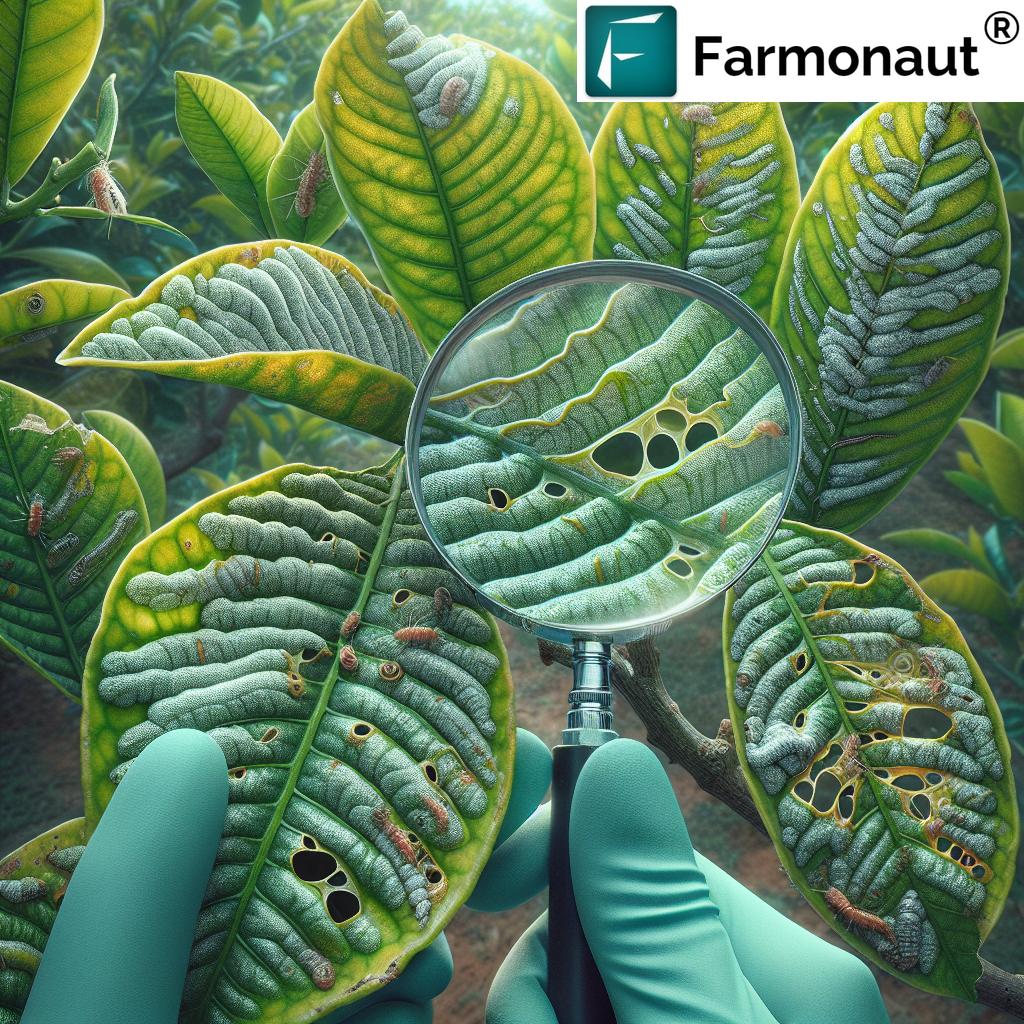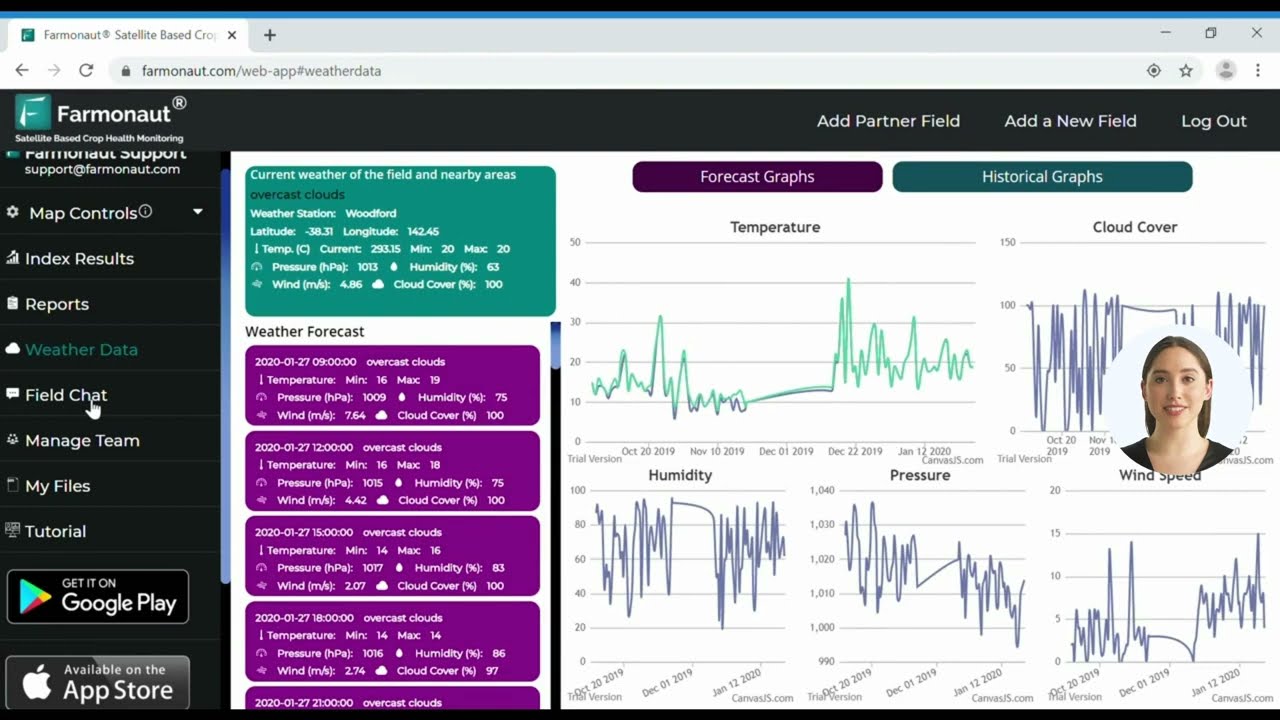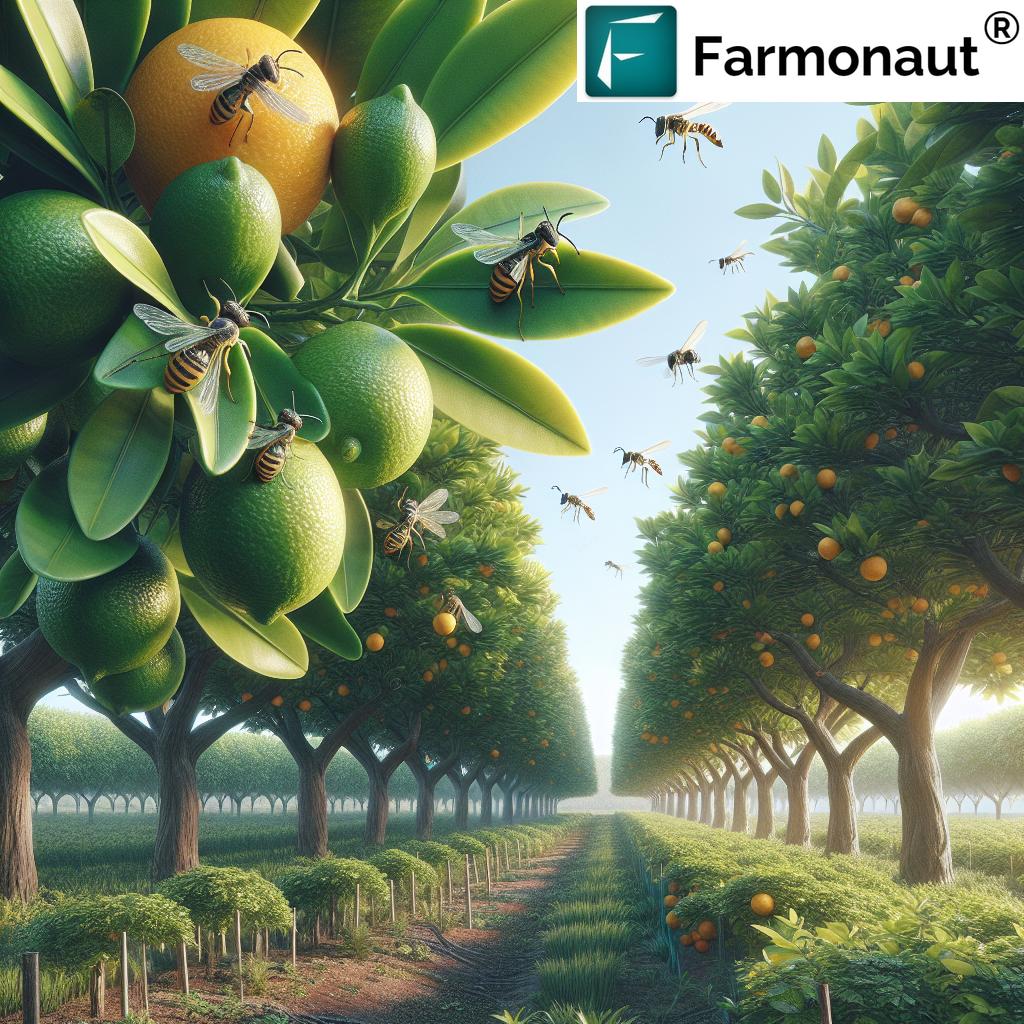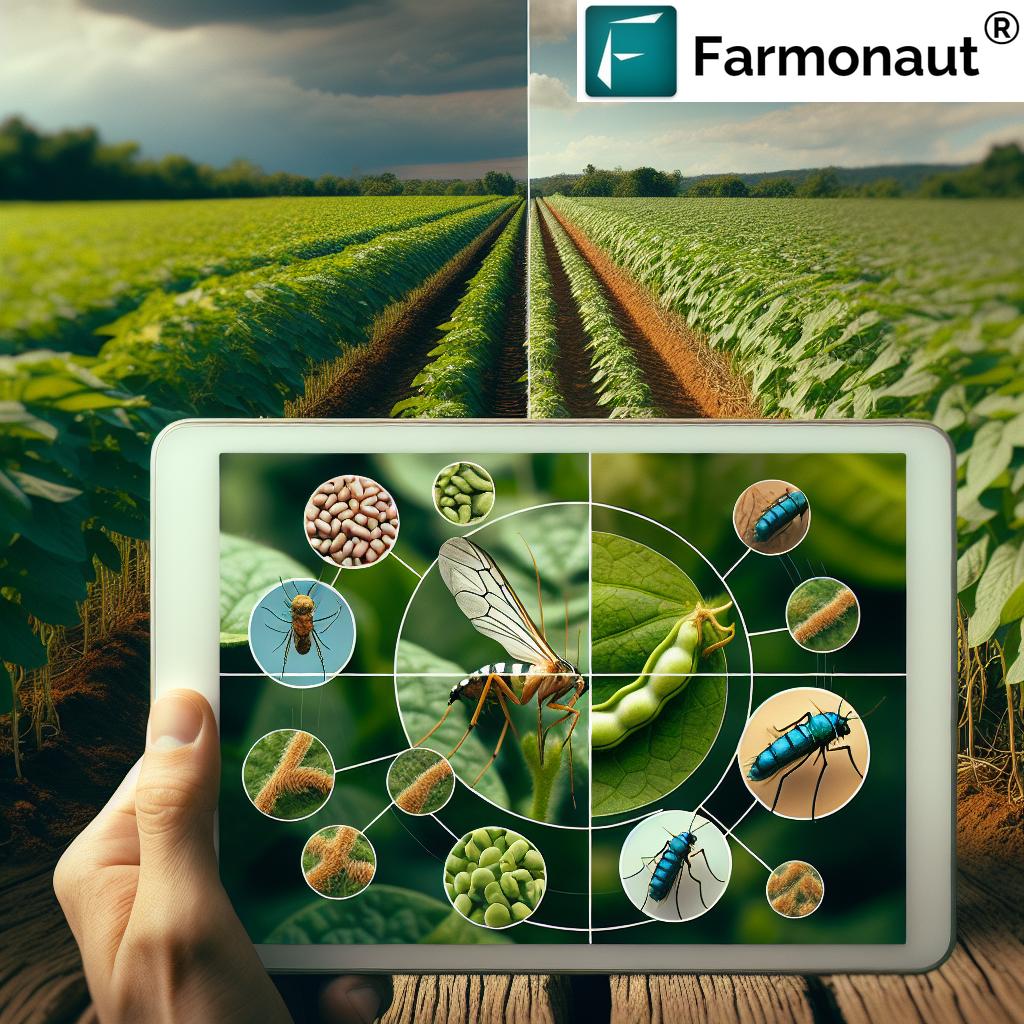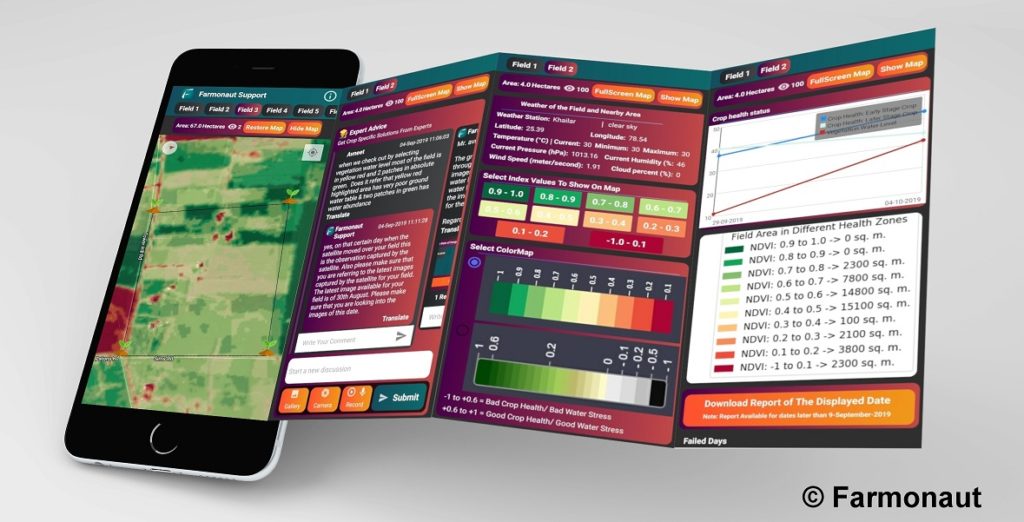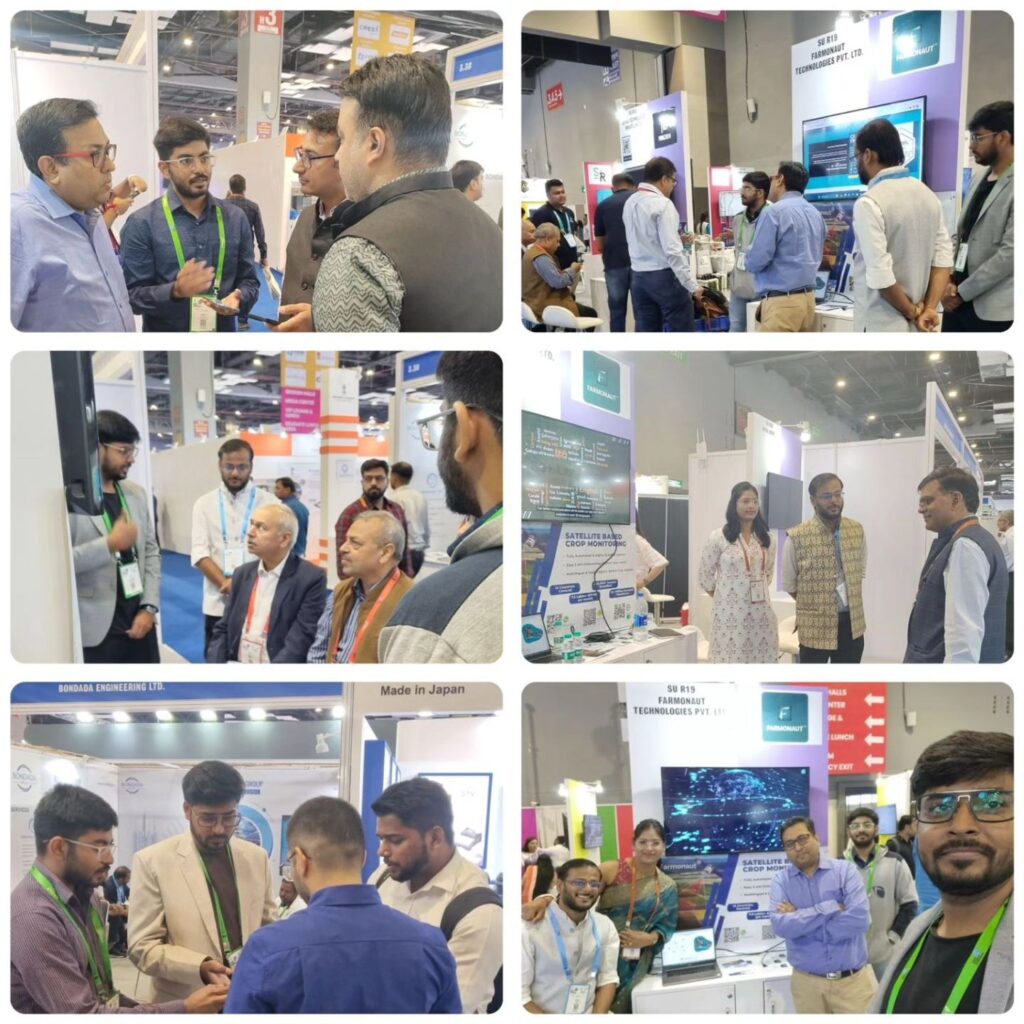7 Shocking Treatment for Citrus Leafminer Methods Revealed
“Integrated pest management can reduce citrus leafminer infestation by up to 70% when combined with cultural and biological methods.”
Table of Contents
- Understanding Citrus Leafminer Biology & Impact
- Detecting & Monitoring Leafminer in Citrus Crops
- Comparative Treatment Effectiveness Table
- The 7 Shocking Citrus Leafminer Control Methods
- 1. Integrated Pest Management (IPM) for Citrus Leafminer
- 2. Cultural Practices for Leafminer Management
- 3. Biological Control of Citrus Leafminer
- 4. Chemical Control: Best Insecticides for Citrus Leafminer
- 5. Use of Horticultural Oils
- 6. Flush Management and Timing
- 7. Advanced Monitoring and Detection
- Farmonaut: Satellite Agri-Tech for Pest Management & Tracking
- FAQs on Citrus Leafminer
- Conclusion & Further Resources
Understanding Citrus Leafminer Biology & Impact
To achieve effective citrus leafminer control, it’s crucial for us to understand the biology, life cycle, and impact of this significant pest. The citrus leafminer (Phyllocnistis citrella) is a small moth originating from Asia, now present in various citrus-growing regions worldwide—including the United States, Asia, and beyond. Its global spread and adaptation make it a formidable threat to both commercial and backyard growers.
The primary concern lies in how the moth’s larvae burrow tiny, serpentine mines into the undersides of young citrus leaves. This leafminer damage in citrus trees disrupts photosynthesis, leading to reduced growth, leaf drop, and in more severe cases, heavy fruit yield loss. What’s particularly alarming is that the mines provide entry points for pathogens, especially the bacterium Xanthomonas axonopodis pv. citri—the cause of citrus canker disease. This dual threat can lead to compromised fruit quality and economic setbacks.
- Origin: Native to Asia, now affecting regions in the US (notably Florida, California, Texas, and Arizona), Mediterranean countries, Australia, and many others.
- Primary Host: All commercial citrus species and many related plants.
- Vulnerability: Young, tender flushes are the most susceptible to infestation.
- Pest Status: Damage is more severe in seedlings and young trees, but mature trees can also experience significant impact during outbreaks.
Understanding the lifecycle, natural predators, and environmental conditions that influence leafminer populations is central to developing robust management strategies.
Detecting & Monitoring Leafminer in Citrus Crops
Detecting leafminer in citrus crops at an early stage is vital for effective management and minimizing economic impact. Regularly inspecting young flushes for the characteristic silvery, winding mines can help growers identify new infestations.
- Look for silvery or white serpentine trails on the undersides of young leaves.
- Check for distorted or curled new shoots—these often indicate leafminer presence.
- Use of pheromone traps is recommended to monitor adult moth activity. These sticky traps attract adults, providing insight into population peaks and helping us time our control measures.
- Avoid unnecessary broad-spectrum insecticide sprays, as these can destroy natural predators and exacerbate the problem.
Besides visual inspection, advancements like satellite remote sensing—as provided by Farmonaut’s crop monitoring—can assist in identifying stressed areas needing closer examination, optimizing resource focus for larger orchards or commercial operations.
Comparative Treatment Effectiveness Table
| Treatment Method | How It Works | Estimated Effectiveness (% Pest Reduction) | Application Frequency (per season) | Cost (estimated USD/acre) | Environmental Impact |
|---|---|---|---|---|---|
| Integrated Pest Management (IPM) | Combines monitoring, cultural, biological, and chemical controls sequentially | 60–70% | Whole season, as needed | $30–$120 | Low |
| Cultural Practices | Adjusts fertilization and pruning to reduce flushes during peak moth activity | 25–40% | 2–3 times | $10–$35 | Low |
| Biological Control | Introduces/conserves parasitic wasps and natural predators | 30–50% | Multiple as needed | $25–$70 | Low |
| Chemical Control | Uses targeted systemic insecticides for larvae in mines | 40–60% | 1–2 | $40–$90 | Medium–High |
| Horticultural Oils | Coats leaves to deter egg-laying and suffocate larvae | 25–35% | 2–4 | $20–$40 | Low–Medium |
| Flush Management | Times new growth (flushes) to periods of low pest activity | 18–22% | 1–2 | $10–$18 | Low |
| Advanced Monitoring/Detection | Employs pheromone traps & satellite data for early response | Up to 12% on its own (much higher when supporting other methods) | Continuous | $12–$45 | Low |
“Citrus yield losses from leafminer attacks can reach 80% without effective control strategies in place.”
The 7 Shocking Citrus Leafminer Control Methods Revealed
Choose the right mix of these cutting-edge strategies for phyllocnistis citrella management. Let’s explore each method in detail with actionable steps for all growers.
1. Integrated Pest Management (IPM) for Citrus Leafminer
Integrated pest management for citrus is the gold standard—systematically combining monitoring, cultural, biological, and necessary chemical interventions for robust and sustainable leafminer control.
- Monitoring: Inspection and detecting leafminer in citrus crops early using both visual and trap-based techniques (pheromone traps & adhesive cards).
- Cultural Control: Adjusting fertilization and pruning to control flushes and remove infested shoots (> See section on cultural practices).
- Biological Control: Preserving natural predators (especially parasitic wasps) by resisting unnecessary pesticide use.
- Chemical Control: Carefully timed application of selective insecticides or horticultural oils, minimizing negative environmental impact.
- Decision-Making: Employ action thresholds (e.g., number of adult moths per trap, percentage of flushes infested) for when to intervene.
The IPM approach provides flexibility and resilience, significantly reducing the risk of resistance development while maintaining healthy, productive citrus trees.
Farmonaut offers real-time crop health monitoring based on satellite imagery and AI, enabling precise field scouting and timely IPM decisions.
- Want a smarter way to track pest-prone spots and maximize resource use?
Farmonaut’s Large-Scale Farm Management App
empowers growers and agribusinesses to monitor multiple fields, prioritize interventions, and coordinate workforce efficiently. - Integrate weather and pest alerts using
Farmonaut API and access detailed satellite data for custom analytics—explore the
Developer Docs.
2. Cultural Practices for Leafminer Management
Cultural practices for leafminer management provide an eco-friendly foundation for reducing leafminer populations and risk of severe outbreaks.
- Fertilization Timing: Early applications in winter favor strong spring flushes—when leafminer activity is usually low.
- Limit Late-Season Fertilization: Avoid excess nitrogen late summer/autumn to reduce tender new growth during peak pest activity.
- Pruning: Remove and destroy heavily infested shoots during late summer and autumn to break the pest cycle and enhance the trees’ appearance.
- Sanitation: Regularly clear fallen leaves and pruned material to prevent larval cocoons carrying over between seasons.
These practices help minimize mines on fresh growth and mitigate spread, especially for backyard and organic growers.
Did you know? Proper carbon footprinting can track the environmental savings from adopting sustainable cultural controls—delivered by Farmonaut’s comprehensive tools for modern farms.
3. Biological Control of Citrus Leafminer
Biological control of citrus leafminer is a safe, sustainable, and remarkably effective strategy—especially in combination with other methods.
- The main natural predators of citrus leafminer are parasitic wasps, notably
Ageniaspis citricola, Cirrospilus quadristriatus, and Semielacher petiolatus. - A. citricola can account for up to 30% of leafminer mortality in places such as Florida, especially later in the season.
- Adult wasps lay eggs in leafminer larvae—the wasp larvae develop inside, killing the pest before it can pupate.
- Conserve natural enemies: Avoid or limit broad-spectrum insecticides to maximize predator effectiveness. In orchards where chemicals are needed, opt for selective products and follow recommended timings and application practices.
Biological control works best as part of an integrated plan—promote habitat diversity, reduce pesticide usage, and allow natural predator populations to thrive.
Track beneficial insect populations and their impact with Farmonaut’s Crop Plantation & Forest Advisory tools—empowering large and small growers with healthy, sustainable orchards.
4. Chemical Control: Best Insecticides for Citrus Leafminer
Chemical interventions, though often necessary, require careful integration with IPM for citrus leafminer control. The challenge lies in the leafminer’s behavior—larvae protect themselves inside the leaf tissues (mines), reducing contact with most sprays.
- Systemic Insecticides: Compounds like acetamiprid (Assail 70WP) and thiamethoxam (Actara) are preferred for their ability to move within the leaves.
- They should be applied at the start of a new flush, before mines are visible. Repeat as necessary according to population monitoring and product label instructions.
- Using selective insecticides (like insect growth regulators) lowers impact on non-target organisms compared to broad-spectrum chemicals.
- Rotate chemical classes to prevent resistance development.
- Observe pre-harvest intervals and safety precautions at all times. Never exceed recommended rates or frequencies.
Reminder: Excessive or poorly-timed chemical use can disrupt predator populations and create secondary pests. Reserve chemical interventions for severe outbreaks or as support tools within IPM only.
5. Use of Horticultural Oils
Horticultural (mineral) oils play a dual role in citrus leafminer management—physically deterring moths from laying eggs and suffocating small larvae on the leaf surface.
- Application Timing: Treat when shoots reach 20–30 cm (approximately during the main flush period).
- Effectiveness: Reduces egg-laying by up to 30%, best used preventively rather than curatively.
- Safety: Avoid spraying during very hot weather (>35°C) to minimize phytotoxicity and potential leaf burn.
- Reapplication: Oil films degrade; re-treat every 2–4 weeks during active flushes or after rain.
These oils are especially suitable for organic or low-chemical-input growers, offering an environmentally friendly alternative within IPM.
6. Flush Management and Timing
Strategically timing new growth (“flushes”) can minimize exposure to peak leafminer populations. Since young, tender shoots are the primary target for moths, proper timing of fertilization and irrigation helps ensure flushes emerge when leafminer activity is low (usually early spring).
- Avoid stimulating flushes with heavy fertilization or irrigation in late summer/autumn—when adult moth activity peaks.
- Encourage main flushes in early spring, and maintain healthy, gradual growth thereafter.
- Combine with prompt removal of infested shoots after each growth period for best results.
This approach helps synchronize healthy shoot development with reduced pest presence, providing longer-lasting protection.
7. Advanced Monitoring and Detection
Accurate monitoring is the engine behind all effective control strategies. In addition to pheromone traps, visual scouts, and satellite crop health analytics, today’s precision agriculture leaders employ advanced monitoring for real-time responses to pest outbreaks.
- Pheromone Traps: Essential for tracking adult moth populations, aiding action threshold decisions.
- Satellite Data: Farmonaut’s real-time satellite imagery highlights distressed crop zones from above, letting growers direct on-the-ground scouting and resources with pinpoint accuracy.
- AI Advisory: Jeevn AI analyzes multiple data sources—weather, crop stage, historical pest data—to predict outbreaks and offer timely advisory on treatment measures.
- Blockchain Traceability: Farmonaut’s product traceability solution helps commercial citrus producers validate safe, residue-managed production—building consumer trust and market competitiveness.
Integrating advanced detection tools with traditional monitoring multiplies the overall effectiveness of your citrus leafminer management program.
Farmonaut: Satellite Agri-Tech for Pest Management & Tracking
Bringing together the latest in precision agriculture and real-time data analytics, Farmonaut empowers citrus growers worldwide to take the guesswork out of pest monitoring, reduce input waste, and maximize yield—sustainably.
- Satellite-Based Crop Health Monitoring: Identify pest hotspots with multispectral NDVI and soil moisture mapping—take timely decisions on irrigation, fertilizer timing, and intervention before issues escalate.
- Personalized Advisory (Jeevn AI): Get crop-specific, real-time insights—from disease risk to optimal harvest window.
- Blockchain Traceability: Strengthen supply-chain transparency and build consumer trust for your citrus produce.
- Resource, Carbon & Fleet Management: Optimize machinery use, reduce environmental impact, and demonstrate your sustainability leadership with carbon footprint tracking and fleet management modules.
- Access & Scalability: Whether you’re a smallholder, enterprise grower, or government agency, Farmonaut’s modular plans expand as your needs grow.
Access all these features on the go—download the Farmonaut app for Android, iOS, or access the web app here.
Farmonaut is not a supplier, manufacturer, or e-commerce platform—it is a pioneering technology company dedicated to affordable, scalable precision agriculture.
FAQ: Citrus Leafminer, Control, and Farmonaut’s Role
What is the citrus leafminer and why is it a problem?
The citrus leafminer (Phyllocnistis citrella) is a small moth whose larvae burrow serpentine mines into young citrus leaves. These mines damage leaves, disrupt photosynthesis, reduce growth, and create entry points for pathogens like citrus canker. Yield losses can exceed 50% in severe infestations without proper control.
What are the first signs of leafminer damage in citrus trees?
We should look for winding silvery trails (mines) on the undersides of young leaves, often accompanied by leaf curling or deformation. New shoots are especially vulnerable.
How do pheromone traps help with leafminer monitoring?
Pheromone traps attract adult moths, allowing us to monitor population trends and correctly time interventions such as pruning, spraying, or biological releases.
What role do natural predators play in management?
Predatory parasitic wasps such as Ageniaspis citricola are integral to biological control, parasitizing and reducing leafminer larvae before they become adults—helping to sustainably maintain population balance.
Are chemical interventions always necessary?
No. While insecticides can help during severe outbreaks, their regular use can harm beneficial predators and lead to resistance. We recommend integrating chemicals only when economic thresholds are crossed, using selective agents and timing applications for maximum impact.
How does Farmonaut assist with citrus leafminer control?
Farmonaut aids in pest management via satellite-based crop health monitoring, personalized AI advisory, and advanced data analytics. These help us target interventions, optimize resources, and integrate sustainable control methods for citrus pests.
Where can I access Farmonaut’s technologies?
Farmonaut provides easy access through Android, iOS, Web App, or directly via API for enterprise integration.
Conclusion & Further Resources
The citrus leafminer remains a formidable pest impacting citrus crops worldwide, but through a combination of integrated pest management, cultural adjustments, biological controls, targeted chemicals, and advanced monitoring, we can significantly reduce yield loss, improve crop quality, and strengthen sustainability. Whether you’re in the United States, Asia, or another citrus-growing region, understanding leafminer biology and implementing a tailored strategy is crucial.
Farmonaut stands at the forefront of precision agriculture, democratizing powerful technologies once inaccessible to many. With satellite-based monitoring, AI-driven insights, blockchain traceability, and resource management, growers gain the edge they need—whatever the scale of their operation.
- Optimize your leafminer management with
Farmonaut Large Scale Farm Management - Demonstrate supply chain and input residue transparency with
Farmonaut Product Traceability - Quantify carbon savings and environmental stewardship through
Farmonaut Carbon Footprinting - Unlock seamless field-to-lender connections with
Farmonaut Crop Loan & Insurance Verification
Let’s work together to make citrus cultivation more productive, sustainable, and resilient—through the latest in technology and proven agronomic knowledge.
Key Takeaways on Citrus Leafminer Control
- Early detection, ongoing monitoring, and a diverse toolkit yield the best results.
- Prioritize cultural and biological controls where possible—protect natural predator populations for long-term resilience.
- Reserve chemical control for severe outbreaks or as a component within IPM—always observe recommended rates.
- Leverage Farmonaut’s affordable, scalable technology to make data-driven crop management decisions at every stage.
This comprehensive guide was brought to you by Farmonaut, your partner in affordable and advanced precision agriculture. Get started today for smarter, more sustainable citrus orchards.




